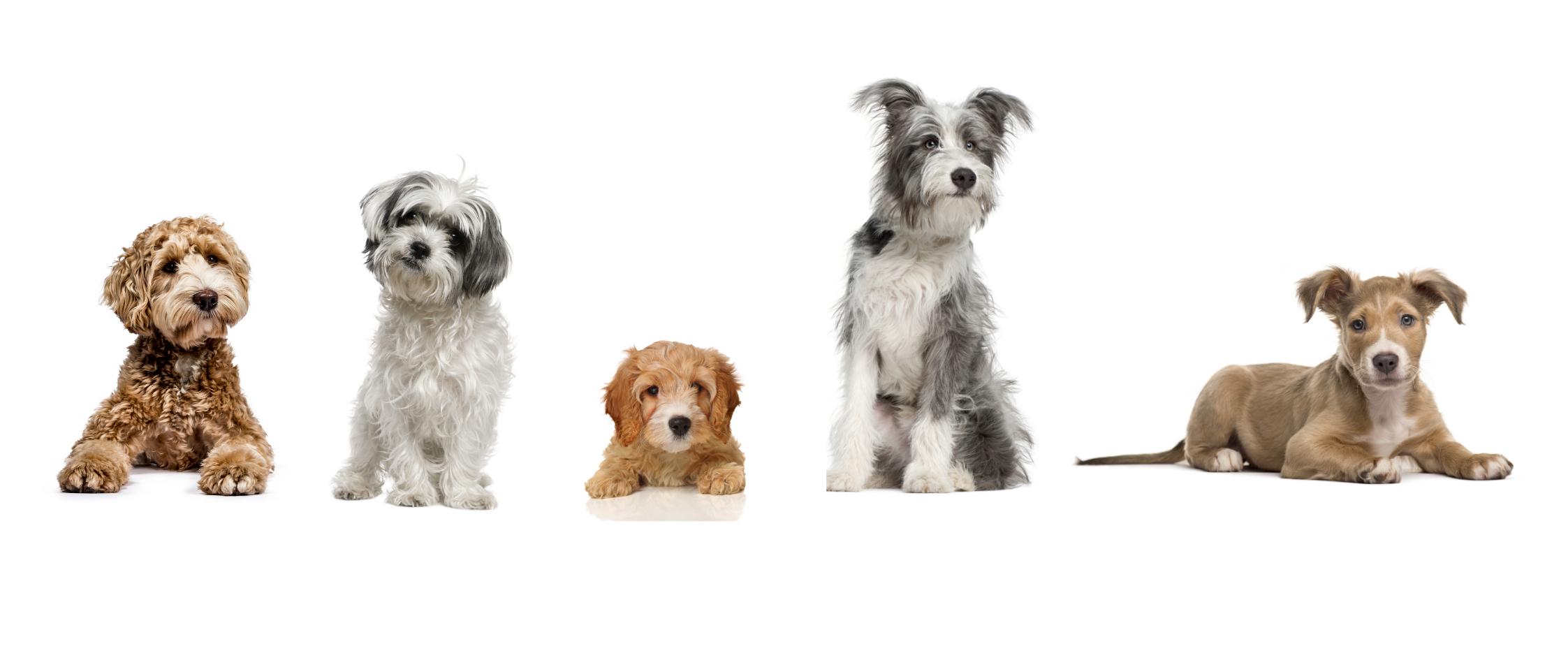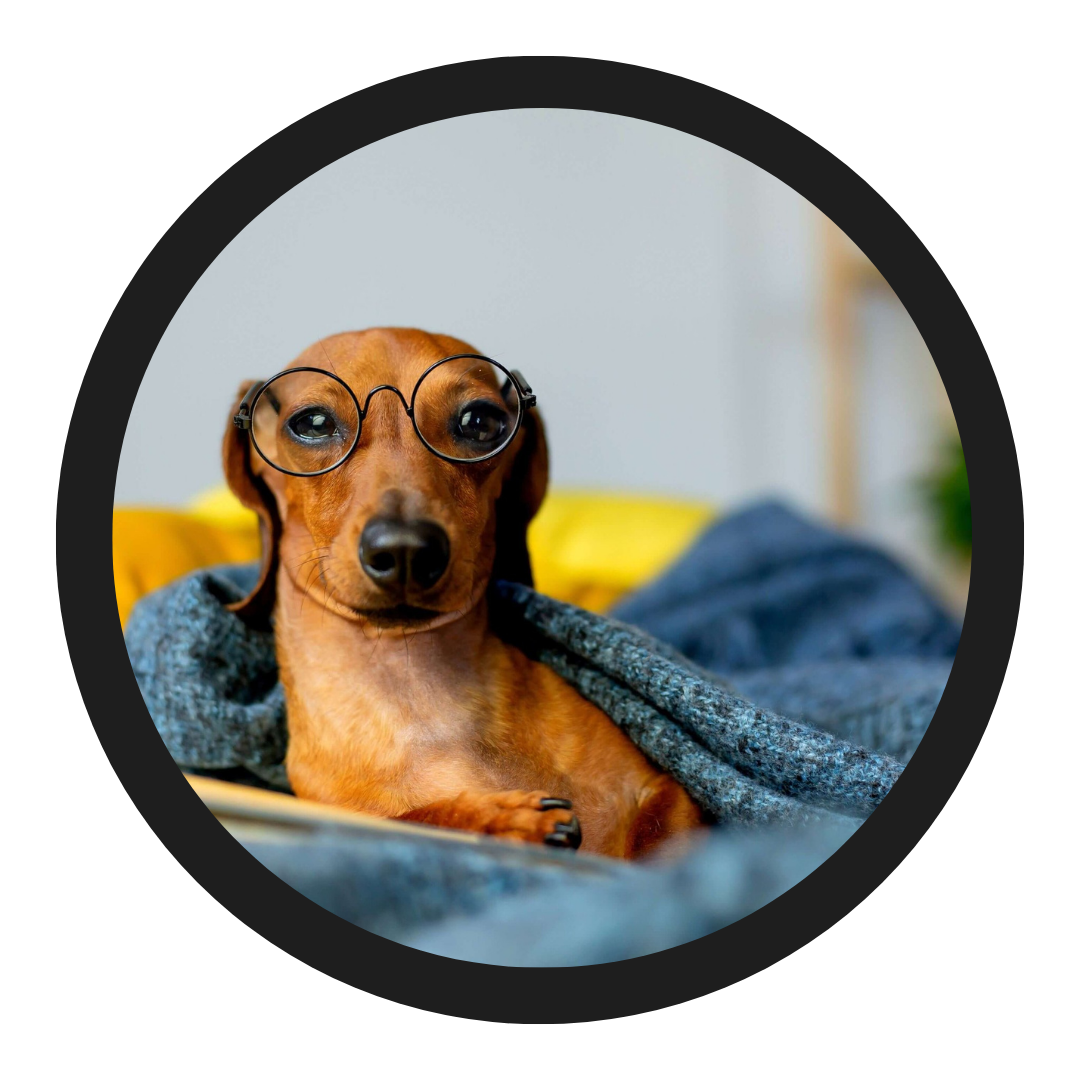
DIRECTORY PAGE
Dog Grooming Tutorials
INDUSTRY EXPERTS AT YOUR FINGERTIPS
Find your Breed and away you go! All our Grooming Tutorials organized by Breed Group. Browse or search advanced Masterclasses and beautiful Salon Styles.

Mixed Breeds
-
-
There are number of mixed breeds and crossed breeds. They are becoming more and more popular; however, they are currently not officially grouped. We refer to these dogs as Mixed Breeds. They come in many shapes and sizes, coat types and colours. Aside from Oodles, there are many, many crossbreeds in existence. Many clients' pets will be cross breeds. A Maltese Shih Tzu cross is a very popular example.
OODLES: These breeds have come into fashion over the years. They are ‘designer' breeds. They come with a variety of sizes, temperaments, and coat types. It is not uncommon to see a short or smooth coated Cavoodle, where other Cavoodles may have a very curly coat. As well as coat variances, skull types can be equally different. The Cavoodle may have a broader skull with large round eyes, and the length of the muzzle is usually shorter. The Spoodle has a longer muzzle, but higher hair set on top of the head. The Labradoodle is different again and may have a very long muzzle with a shorter rise from the stop to the skull. See Oodle Studies to learn more.
For all cross breeds it is important to bring out the best in each dog and show their character. Highlighting the dog's eyes is key. -

Group 1 Toys
-
-
Originally, these Toy breeds would have had a purpose, whether it was to warm a lap, sound an alarm, hunt rats, and perform or to show. These often smart little dogs are simply great companion dogs. Some of these breeds were originally a lot larger and have been down sized over the years to fit into modern apartment living.
-
On the grooming table, these small dogs can be very sweet and totally enjoy the grooming experience, or you can find yourself digging deep to stay calm and focused.
The use of force or aggression will not bide well for this group. A calm, soft hand, high squeaky sounds to get attention, singing, petting and high praise are good techniques to use when grooming a Toy breed.
These dogs can spook easily and will often bite out of fear. Gentle handling, short breaks and lots of cuddles works best with this breed. -
Fortunately the grooming industry has progressed with smaller tools available to us. Small trimmers for under pads, smaller slicker brushes and combs allow for easier entry into these dogs.
There are a number of coat types in this group: combination, drop, silky, short, smooth etc. An array of finishing products, conditioning sprays and quality shampoos as seen in the ‘Before You Start’ section of this site are perfect for this group.

Group 2 Terriers
-
-
Almost all Terriers originated in the United Kingdom. These proud, feisty dogs are full of intelligence and spunk.
Terrier, meaning earth dog, often refers to dogs that chased vermin. There are however 3 different types of terriers in this group: the bull, large and small terriers. The Staffordshire Bull Terrier with a short coat, the Airedale Terrier and the Jack Russell are all confident dogs with high activity. Bred to hunt, catch and kill, these dogs can be quick to anger in the grooming environment. -
Most Terriers are not fussed about the grooming process, although these high energy dogs do not cope with long, drawn out grooms. A confident hand is needed when grooming this group. Firm and strong voice commands work well. Never push a terrier to do something they do not want to, give them a moment to compose themselves, or take up a different task if needed. Clipping nails can be a big ask, confident handling without pushing these dogs is best practice.
-
Often these dogs look best when hand stripped. Use a Furminator to remove excess coat on short and medium dogs. Slicker brushes, pin brushes and combs to groom these dogs out, combined with correct shampoo choice, will lift and showcase these proud dogs.

Group 3 Gundogs
-
-
Often referred to as the soft breed types. Gundogs are bred to retrieve game, these dogs have a soft mouth, and game is never over handled when in the mouth of these dogs. There are 3 types of Gundogs, Pointers/Setters, Retrievers and Spaniels. All of these dogs have drop ears, possibly to protect them from ear infections when retrieving game in wet areas. These dogs are highly trainable and can remain under the handlers control over large distances.
-
Generally these dogs are very soft in nature. A slow, controlled groom is best. Do not rush or use loud aggressive movements when grooming this group. Gundogs respond very well to high praise and will often do what is asked of them graciously.
-
Gundogs can have long furnishings and need a combination of hand stripping, clipping, scissoring and grooming out.

Group 4 Hounds
-
-
This group covers both scent and sight hounds. The sight hound is usually tall and sleek with the ability to run quickly after prey. Short bursts of energy followed by restful naps. The scent hound is usually a lot lower to the ground and able to track scents over long distances.
-
These dogs can be difficult to train. Sight hounds are a lot easier to work with; they do enjoy the quieter side of life. When grooming a scent hound be aware of your environment, a dog on heat will attract much attention from a scent hound. Small drops of lavender on your wrist when grooming these dogs will help calm these dogs. Be vigilant with open doors.
-
Use a Furminator to remove excess coat on short and medium dogs. Slicker brushes, pin brushes and combs to groom these dogs out, combined with correct shampoo choice.

Group 5 Working Dogs
-
-
These dogs want to please; they are bred to work for us. They need clear instruction and high praise.
Used on farms to herd or guard stock, these dogs are generally happy dogs with an aim to please. -
Clear instruction is key with this group. Once a dog understands what is asked of him, he is quick to oblige. These dogs can tire of long grooms; they are very active and require a firm but soft hand. They are great at picking up on moods, so always remain in control when grooming these dogs. There are no games for these dogs when grooming, biting the water or snapping at the dryer needs immediate correction.
-
Slicker brushes, rakes, combs, furminators, mat breakers and Mars Coat Kings are all used on this breed group.

Group 6 Utility
-
-
Working, guarding, protecting or just hanging out, these dogs are usually quick to please. Utility dogs that are let to misbehave can be very stubborn when rectifying disobedience or aggression.
-
Reading the body language of this group is key to a relaxed and successful groom. Many of these breeds will not enjoy being forced to do something they do not like. It is best practise to groom these dogs alongside a team member; they can be very heavy dogs to work with.
-
Slicker brushes, rakes, combs, furminators, mat breakers and Mars Coat Kings are all used on this breed group.

Group 7 Non Sporting
-
-
-
Non Sporting breeds originally had key roles, however, for some reason they have not transferred down the years.
This is a mixed bag breed group, with dogs that are highly intelligent, and both active and non-active. -
Always use your powers of observation when grooming this group. A Poodle for example will take far more skill than a French Bulldog. There are also a number of coat types in this group.
-
Slicker brushes, rakes, combs, furminators, mat breakers and Mars Coat Kings are all used on this breed group.















